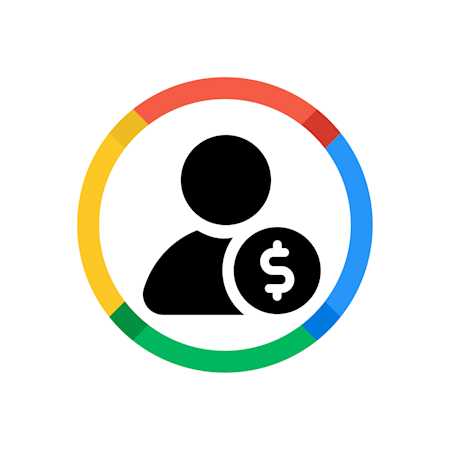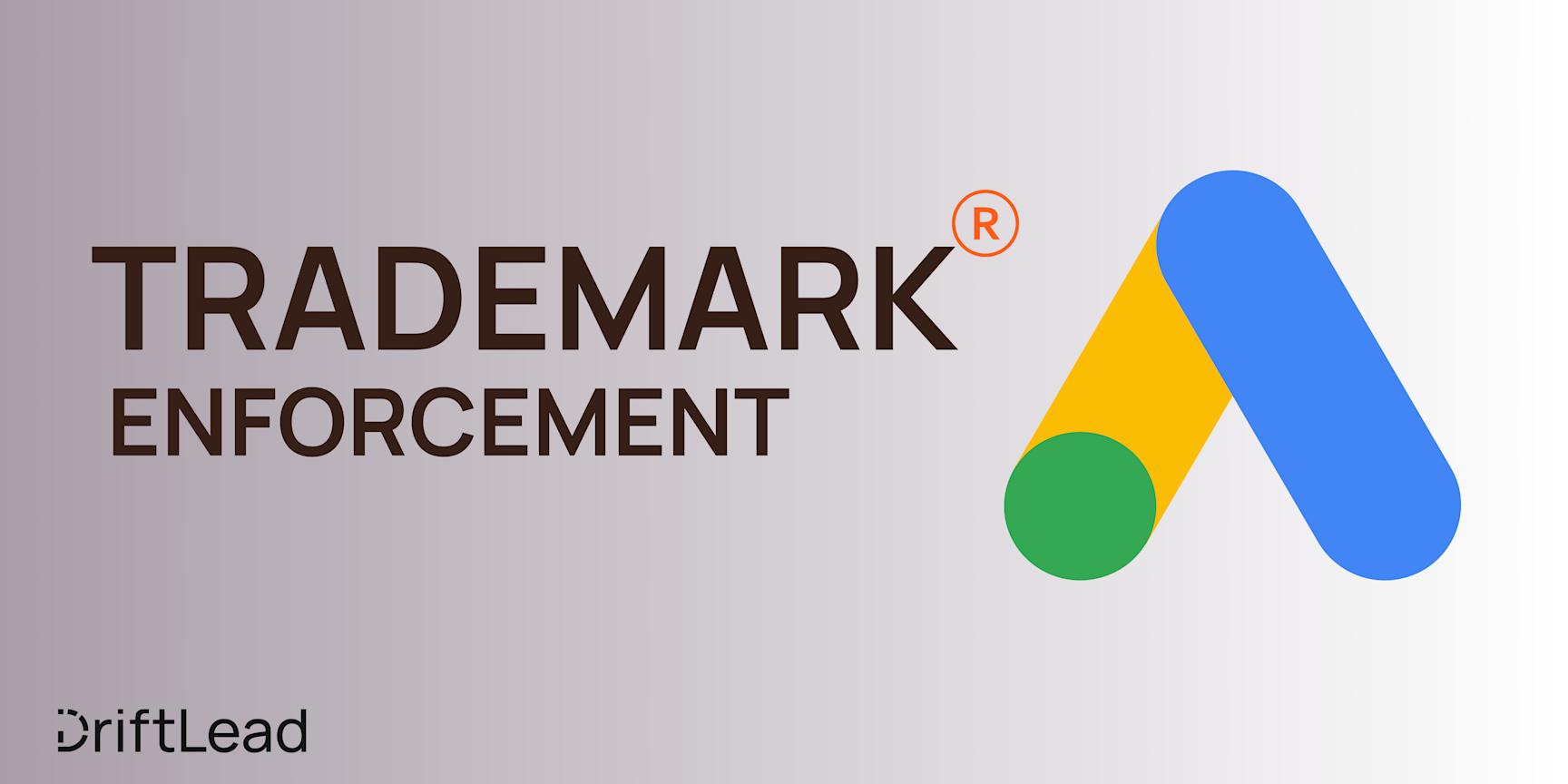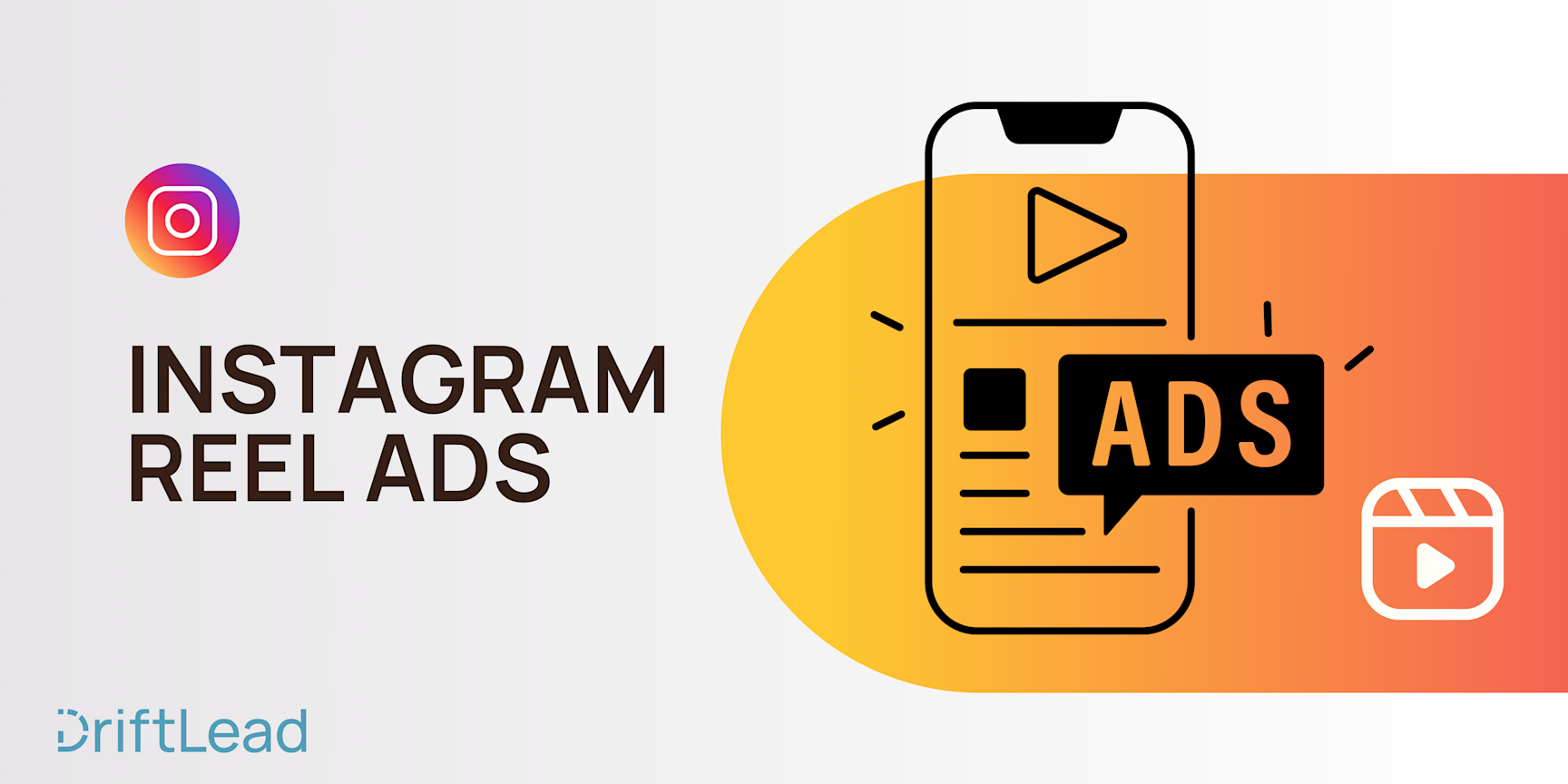The Best Bid Strategies for Google Ads in 2023
07 Jul, 2023
Newbie or experienced marketer—Google's bidding strategies can overwhelm the best of us. Learn which one is best for your campaign in this article.

Jump to:
Hop on our weekly newsletter train! We're sharing tips so stellar, we're practically job-threatening ourselves!
In the ever-evolving world of digital marketing, choosing the right bid strategy for your Google Ads campaign is critical for achieving your business objectives. Whether you're aiming for increased brand visibility, higher click-through rates, or maximizing conversions, the bid strategy you employ can significantly impact the efficiency and effectiveness of your advertising spend.
Google Ads provides a host of bid strategies, each designed to optimize your campaigns based on different goals. However, selecting the most suitable one isn't just about picking an option from a dropdown menu. It requires a thorough understanding of each strategy's nuances and potential benefits, as well as the specific needs of your business.
In this article, we'll provide an overview of the various Google Ads bid strategies, discuss the best strategies for different campaign goals, and guide you on how to tailor your bidding strategy to your business. We'll also share insights on common mistakes to avoid and how DriftLead can help you navigate this essential aspect of your Google Ads campaign.
Understanding Google Ads Bid Strategies
In Google Ads, a bid strategy is a method used to determine how and for what purpose you allocate your advertising budget. Essentially, it's a way of deciding how much you're willing to pay per click (CPC) or per impression (CPM) to ensure your ads reach your target audience. To begin with, let's familiarize ourselves with the various bid strategies Google Ads offers:
Cost-per-click (CPC) bidding: With this strategy, you pay for each click your ad receives. This is often referred to as "manual bidding" because you manage bid curves, modifiers, and more.
Cost-per-thousand-impressions (CPM) bidding: In this approach, you pay for every thousand times your ad appears on Google's Display Network. This strategy is typically used when you want to increase brand awareness.
Cost-per-acquisition (CPA) bidding: Here, you pay for an ad if it leads to a conversion, such as a purchase, sign-up, or other desired action on your website.
Cost-per-view (CPV) bidding: This strategy is used for video advertising where you pay when a viewer watches 30 seconds of your video (or the whole video if it's shorter) or interacts with your video.
Maximize Clicks: This automatic bid strategy aims to generate as many clicks as possible within your budget.
Target CPA: This strategy sets bids to help get as many conversions as possible at the target cost-per-acquisition you set.
Target ROAS: With this strategy, Google sets bids to help get as much conversion value as possible at the target return on ad spend (ROAS) you set.
Maximize Conversions: Google sets bids to help you get the most conversions for your campaign while spending your budget.
Maximize Conversion Value: Google sets bids to maximize the total conversion value of your campaign within your budget.
Target Impression Share: Google sets bids to help your ads achieve a desired percentage of impressions on the search network.
Best Bid Strategies for Different Campaign Goals
Different campaign objectives require different bid strategies for optimum performance. Let's take a look at which strategies are best suited to specific goals:
Traffic Generation: If your primary goal is to drive traffic to your website, the 'Maximize Clicks' strategy can be a good fit. It's designed to get as many clicks as possible within your budget. However, you should remember that while this strategy may drive traffic, it doesn't necessarily ensure that the traffic will convert.
Brand Awareness: If your goal is to increase brand awareness, then the 'Cost-per-thousand-impressions (CPM)' or 'Target Impression Share' strategies might be a good fit. These strategies focus on impressions, which means your ad being seen by potential customers, rather than clicks or conversions. This is most common among display campaigns.
Lead Generation or Sales: If your objective is to generate leads or drive sales, 'Cost-per-acquisition (CPA)' or 'Target CPA' strategies can be beneficial. These strategies optimize for conversions, meaning you only pay when a user completes a desired action, like filling out a form or purchasing.
Return on Ad Spend: If you're focused on getting the most value out of your ad spend, 'Target ROAS' could be your strategy of choice. This bid strategy aims to achieve an average return on ad spend that you specify, making it suitable for campaigns with a specific ROI goal.
Video Views or Interactions: If your campaign revolves around video content, the 'Cost-per-view (CPV)' strategy would be your go-to. This bid strategy is designed to increase the visibility of your video content and is perfect for boosting video views and interactions.
Each Bid Strategy in More Detail
The right bid strategy for your campaign depends entirely on your specific needs and goals. Understanding each strategy, how it works, and the nuances behind it can guide you in making the right decision. Let's discuss each of them in detail.
Manual CPC Bidding
Manual CPC (Cost-Per-Click) bidding strategy puts advertisers in the driver's seat. It allows you to set your maximum cost-per-click bid for each keyword. With this strategy, you have the most control over your bidding, but it requires constant monitoring and adjustments to stay ahead of competition and market changes.
Maximize Clicks
Maximize Clicks is an automated bidding strategy that is best for advertisers looking to drive traffic to their site. Google's algorithms automatically set your bids to help get as many clicks as possible within your budget.
Maximize Conversions
Maximize Conversions is another automated bidding strategy that Google offers. It automatically sets bids to help you get the most conversions for your campaign while spending your budget. Keep this in mind when testing the strategy. Maximize conversions utilizes Google's machine learning to optimize bids and offers auction-time bidding capabilities that tailor bids for each and every auction based on what is most likely to result in a conversion.
Maximize Conversion Value
Maximize Conversion Value is an automated strategy that uses advanced machine learning to optimize your bids in real time for every auction, with the goal of getting you the most conversion value for your campaign within your specified budget. Advertisers can also set a target return on ad spend (ROAS), if they wish to balance conversion value and cost. This strategy is ideal for businesses that track the revenue or value data associated with their conversions and aim to maximize this. It's important to note that this strategy requires enough historical conversion data to predict future conversion values effectively.
Target CPA (Cost Per Acquisition)
Target CPA bidding strategy sets bids to help get as many conversions as possible at your target cost-per-acquisition. Leveraging Google's machine learning algorithm, this strategy adjusts bids in real-time to achieve your CPA goal. It's ideal for advertisers who want to optimize for conversions, but also want to maintain a specific cost per conversion.
Target ROAS (Return On Advertising Spend)
Target ROAS is an automated strategy that sets bids to maximize the return on your target ad spend. By predicting future conversions and associated values using historical information, this strategy aims to achieve an average return on ad spend that equals your target across all campaigns using this strategy.
Enhanced Cost Per Click (ECPC)
ECPC is a semi-automated bidding strategy that adjusts your manual bids to help you get more conversions. It raises your bid for clicks that seem more likely to lead to a conversion and lowers them for clicks that seem less likely. This is a hybrid approach, allowing for some automated optimization while still maintaining a level of manual control.
Performance Max
Performance Max is Google's newest bid strategy, designed to utilize all the Google Ads inventory across multiple channels. Instead of focusing on a single platform, this automated bidding strategy pushes your ads across Search, Display, YouTube, Gmail, and Discover, based on where they are likely to perform best. It leverages machine learning to optimize bids in real time, aiming to provide the maximum conversion value or conversions within your specified budget. This strategy allows advertisers to reach a broader audience and helps achieve multiple objectives within the same campaign, from driving sales or leads to increasing website visits or promoting customer interaction. It's most effective for businesses that are comfortable giving Google control over their ad placements and have a broad customer base spread across various platforms.
Bid Strategies and Industry Trends
As we move forward in the digital age, the way we advertise online is constantly changing. The bidding strategies of yesterday may not hold the same effectiveness today, and new trends are always emerging that can influence the way we approach our bidding strategies on Google Ads.
Machine Learning and AI: These technologies are integrating more into Google Ads' bid strategies. Machine learning algorithms can analyze vast amounts of data to make more informed bidding decisions, potentially improving the effectiveness of your ads.
Audience Segmentation: More advanced audience segmentation capabilities mean that bidding strategies can become more targeted. This allows you to adjust your bid amounts based on certain audience characteristics, potentially leading to improved ROI.
Data Privacy Regulations: With changing regulations around data privacy (like GDPR and the CCPA), the ways we can use customer data to inform our bid strategies are changing. This might mean pivoting towards more privacy-friendly strategies in the future.
Evolving Marketplaces: As e-commerce continues to boom, Google Shopping and local inventory ads are growing in popularity. This has led to more focus on bid strategies that optimize for sales and revenue.
Rise of Video Content: With the increasing popularity of video content, bid strategies that optimize for views and interactions are becoming more relevant.
Mistakes to Avoid When Using Automated Bidding
Automated bidding strategies can offer numerous advantages, from reducing manual workload to leveraging Google's advanced machine learning. However, it's important to avoid some common pitfalls that could hamper your campaign performance.
Inadequate Data: Automated bidding strategies, especially Target CPA and Target ROAS, rely heavily on historical data to make future predictions and decisions. Implementing these strategies without sufficient conversion data can lead to poor performance. Remember, machine learning requires substantial historical data to understand patterns and make informed decisions. Ensure you have enough data before deploying these strategies.
Rapid Changes: Frequent changes to bid strategies can confuse Google's machine learning algorithm, disrupting the learning phase and leading to instability in your campaign performance. It's crucial to provide a new bidding strategy with sufficient time to learn and adjust before making further changes.
Overbidding: Overbidding can deplete your budget quickly without yielding proportional results. It's essential to balance bidding aggressively to win auctions and ensuring cost efficiency.
Underutilizing Bid Adjustments in Manual CPC or eCPC: Bid adjustments allow you to increase or decrease your bids for specific devices, locations, or times of the day. This feature is crucial for strategies such as Manual CPC or Enhanced CPC, which do not have the breadth of Google's bidding signals that automated strategies use. Not utilizing bid adjustments when needed might result in missed opportunities or wasted spend.
Over-reliance on Automation: While automated bidding strategies can simplify campaign management and improve performance, they should not completely replace manual monitoring and adjustments. Even the best algorithms can miss nuances that a human marketer can spot. Regular performance checks and adjustments are still necessary to ensure your campaigns are on track.
Leveraging DriftLead's Expertise
As we've discussed, selecting the right bid strategy is crucial to the success of your Google Ads campaign. It's a complex process that considers numerous factors, including your business goals, industry trends, and the unique aspects of each strategy. However, you don't have to navigate this intricate landscape alone.
DriftLead specializes in crafting tailored PPC strategies that align with your business objectives, leveraging both manual and automated bidding approaches to deliver optimal results. Our team understands the nuances of each bidding strategy and how to leverage them to their fullest potential.
We don't just set up campaigns and let them run. We closely monitor performance, make data-driven adjustments as needed, and ensure that your ad spend is being used effectively. Moreover, we recognize the importance of staying ahead of the curve in an ever-evolving digital advertising landscape. As Google introduces new bid strategies like Performance Max, we're committed to exploring these new frontiers and integrating them into our strategies where appropriate.
Don't let the complexity of Google Ads bidding strategies intimidate you. Partner with DriftLead today to maximize your ROI and stay ahead in the competitive digital advertising space. Get a free marketing plan to learn how we can help elevate your Google Ads performance.






